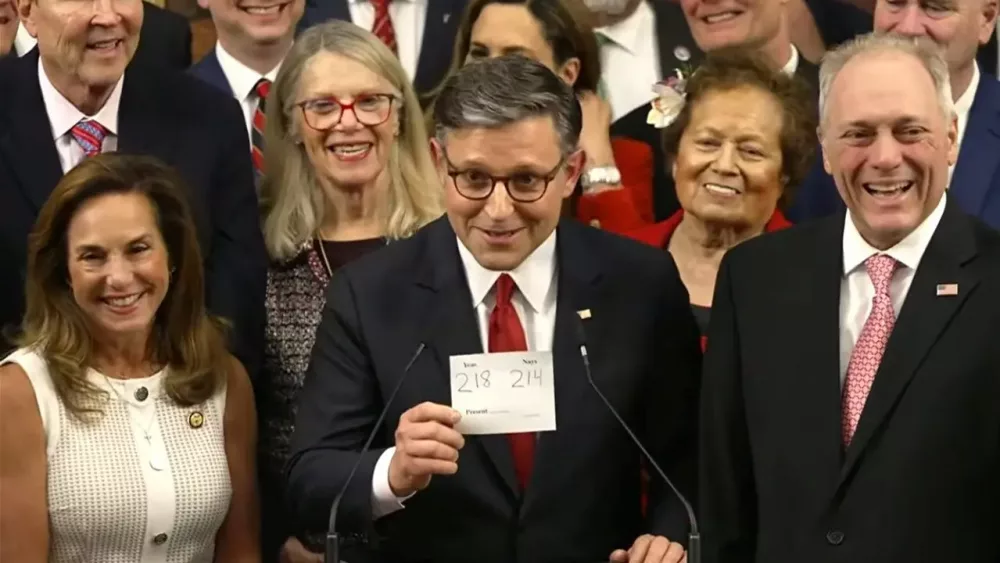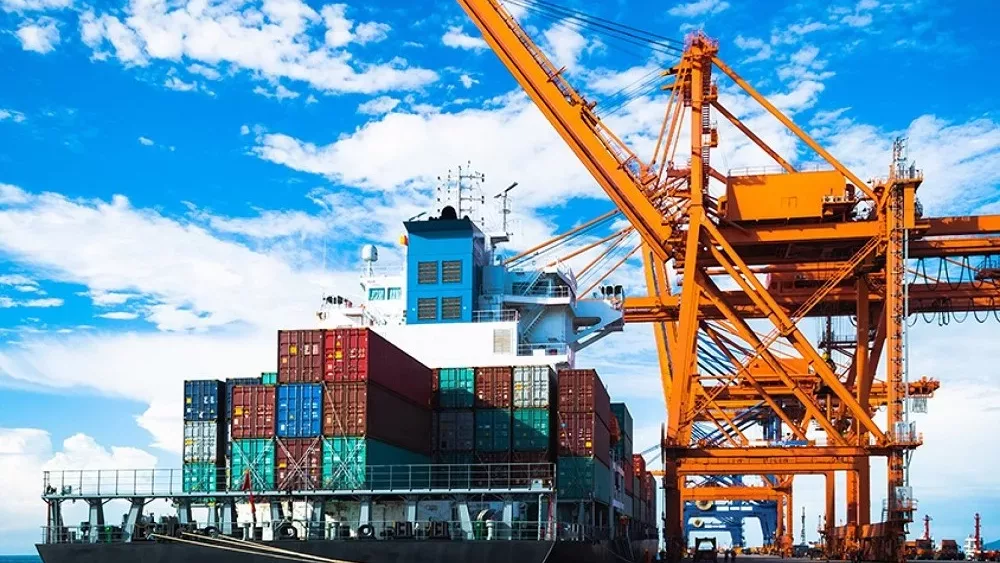
Talk about input costs might be taking a backseat to harvest conversations, but that doesn’t mean farmers aren’t thinking about it in the cab.
Logistically, the damage from Hurricane Ida has changed how fertilizer comes into the U.S. for retail, wholesale, and farm users.
“This dance that we do with price discovery takes place on multiple fronts, and logistics is one of them,” says John Ezinga, vice president of agronomy and business development for Michigan Agricultural Commodities. “There’s probably going to be some lasting effects of this shutdown—all of our systems count on a timely flow of material up the river system ahead of river closures—but I think we’ll get through it.”
Ezinga says he’s also seeing price discovery that’s political, related to monetary inflation, and traditional supply and demand.
“We still have time to go until spring, but the clock is ticking,” he says. “China right now is a wildcard on multiple fronts. Not only the nitrogen production side, but also the demand side for our exports. If they don’t step up and start buying at a faster pace, we may see that soften some.”
Ezinga says the situation is that land and input prices that aren’t being supported by commodity prices.
“It has gotten out of a traditional relationship and not in the farmer’s favor,” he says. “We need our corn prices to go up or our input prices to come down to get back into a traditionally favorable position for the farmer.”
The Michigan Potash and Salt Company is in the process of being built in Osceola County. When that facility comes online in a few years, Ezinga says that will be a benefit for the region and the country.
“We rely entirely too much on imported tons, whether they be from our friendly neighbors in Canada or across the ocean from Russia,” he says. “We need to have a sturdy, steady supply of domestically-produced potash. The Michigan Potash Company would be a great addition to our options as farmers and going forward would underlie that market and maybe take some of these volatility spikes out.”
Ezinga talks more about the issues, the players, expectations for 2022 and what farmers can do in his full interview on the September 20 edition of the Michigan Ag Today Podcast in the player below.





